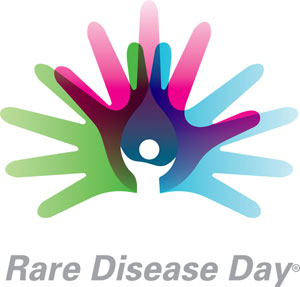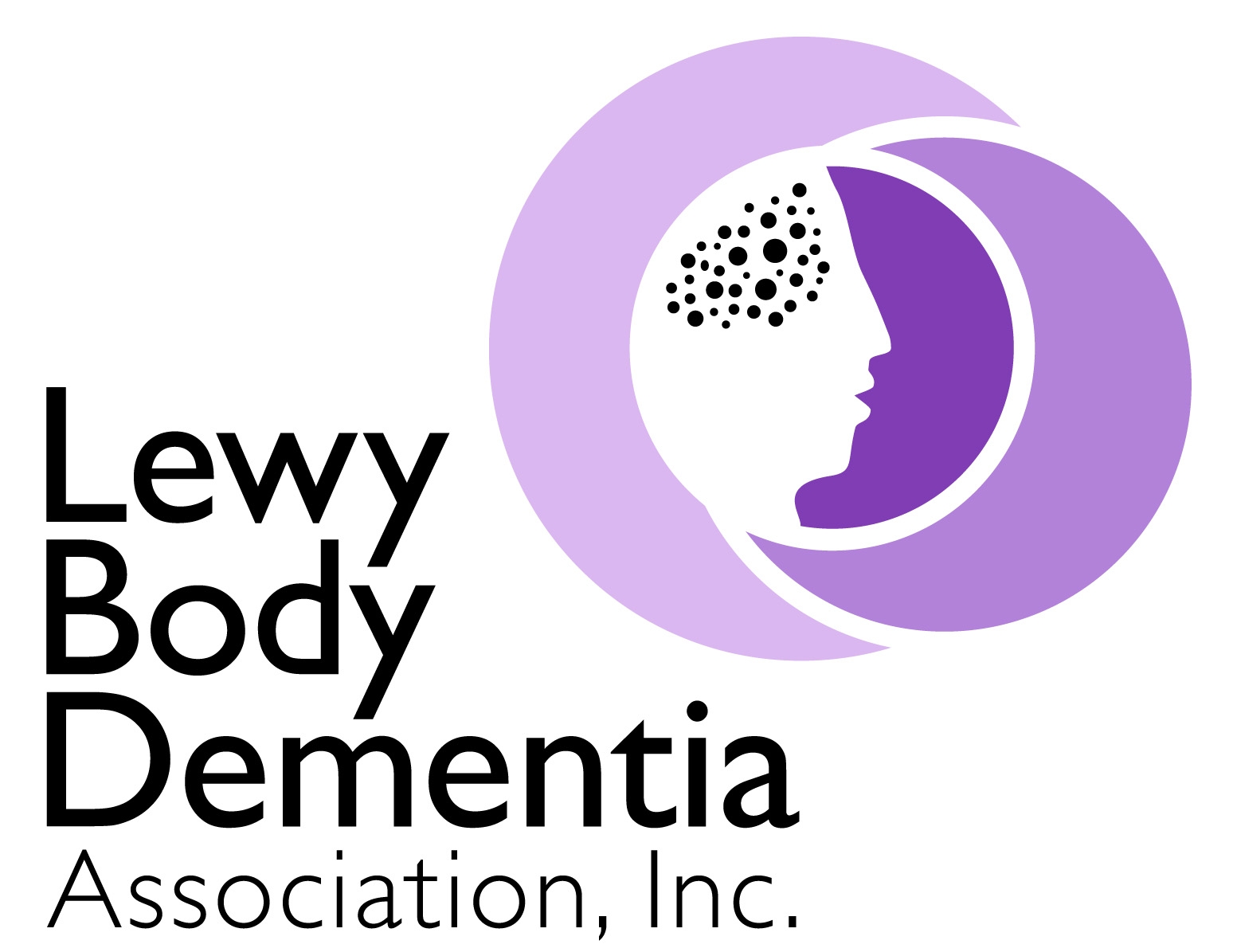LBD is not a rare disease. It affects an estimated 1.3 million individuals and their families in the United States. Because LBD symptoms can closely resemble other more commonly known diseases like Alzheimer’s and Parkinson’s, it is currently widely underdiagnosed. Many doctors or other medical professionals still are not familiar with LBD.LBD is an umbrella term for two related diagnoses. LBD refers to both Parkinson’s disease dementia and dementia with Lewy bodies. The earliest symptoms of these two diseases differ, but reflect the same underlying biological changes in the brain. Over time, people with both diagnoses will develop very similar cognitive, physical, sleep, and behavioral symptoms.While it may take more than a year or two for enough symptoms to develop for a doctor to diagnose LBD, it is critical to pursue a formal diagnosis. Early diagnosis allows for important early treatment that may extend quality of life and independence.LBD is a multisystem disease and typically requires a comprehensive treatment approach. This approach involves a team of physicians from different specialties who collaborate to provide optimum treatment of each symptom without worsening other LBD symptoms. Many people with LBD enjoy significant improvement of their symptoms with a comprehensive approach to treatment, and some can have remarkably little change from year to year.Some people with LBD are extremely sensitive or may react negatively to certain medications used to treat Alzheimer’s or Parkinson’s in addition to certain over-the-counter medications.
Who was Lewy?
In the early 1900s, while researching Parkinson’s disease, the scientist Friederich H. Lewy discovered abnormal protein deposits that disrupt the brain’s normal functioning. These Lewy body proteins are found in an area of the brain stem where they deplete the neurotransmitter dopamine, causing Parkinsonian symptoms. In Lewy body dementia, these abnormal proteins are diffuse throughout other areas of the brain, including the cerebral cortex. The brain chemical acetylcholine is depleted, causing disruption of perception, thinking and behavior. Lewy body dementia exists either in pure form, or in conjunction with other brain changes, including those typically seen in Alzheimer’s disease and Parkinson’s disease.
Early and accurate diagnosis of LBD, while not always easy to do, is of critical importance for two reasons.
- First, people with LBD may respond more favorably to certain dementia medications than people with Alzheimer’s, allowing for early treatment that may improve or extend the quality of life for both the person with LBD and their caregiver.
- Secondly, many people with LBD respond more poorly to certain medications for behavior and movement than people with Alzheimer’s or Parkinson’s, sometimes with dangerous or permanent side effects.
By learning about common forms of dementia, you can help your physician most quickly identify what type of dementia has developed.
Common Forms of Dementia
Alzheimer’s disease symptoms include a progressive loss of recent memory; problems with language, calculation, abstract thinking, and judgment; depression or anxiety; personality and behavioral changes; and disorientation to time and place.
Lewy body dementia (LBD) is an umbrella term for a form of dementia that has three common presentations.
- Some individuals will start out with a memory or cognitive disorder that may resemble Alzheimer’s disease, but over time two or more distinctive features become apparent leading to the diagnosis of ‘dementia with Lewy bodies’ (DLB). Symptoms that differentiate it from Alzheimer’s include unpredictable levels of cognitive ability, attention or alertness, changes in walking or movement, visual hallucinations, a sleep disorder called REM sleep behavior disorder, in which people physically act out their dreams, and severe sensitivity to medications for hallucinations. In some cases, the sleep disorder can precede the dementia and other symptoms of LBD by decades.
- Others will start out with a movement disorder leading to the diagnosis of Parkinson’s disease and later develop dementia and other symptoms common in DLB.
- Lastly, a small group will first present with neuropsychiatric symptoms, which can include hallucinations, behavioral problems, and difficulty with complex mental activities, leading to an initial diagnosis of DLB.
Regardless of the initial symptom, over time all three presentations of LBD will develop very similar cognitive, physical, sleep and behavioral features, all caused by the presence of Lewy bodies throughout the brain.
Vascular dementia is caused by a series of small strokes that deprive the brain of vital oxygen. Symptoms, such as disorientation in familiar locations; walking with rapid, shuffling steps; incontinence; laughing or crying inappropriately; difficulty following instructions; and problems handling money may appear suddenly and worsen with additional strokes. High blood pressure, cigarette smoking, and high cholesterol are some of the risk factors for stroke that may be controlled to prevent vascular dementia.
Frontotemporal dementia (FTD) includes several disorders with a variety of symptoms. The most common signs of FTD include changes in personality and behavior, such as inappropriate or compulsive behavior, euphoria, apathy, decline in personal hygiene, and a lack of awareness concerning these changes. Some forms of FTD involve language and speech symptoms or movement changes.
An experienced clinician within the medical community should perform a diagnostic evaluation. If one is not available, the neurology department of the nearest medical university should be able to recommend appropriate resources or may even provide an experienced diagnostic team skilled in Lewy body dementia.
A thorough dementia diagnostic evaluation includes physical and neurological examinations, patient and family interviews (including a detailed lifestyle and medical history), and neuro-psychological and mental status tests. The patient’s functional ability, attention, language, visuospatial skills, memory and executive functioning are assessed. In addition, brain imaging (CT or MRI scans), blood tests and other laboratory studies may be performed. The evaluation will provide a clinical diagnosis. Currently, a conclusive diagnosis of LBD can be obtained only from a postmortem autopsy for which arrangements should be made in advance. Some research studies may offer brain autopsies as part of their protocols. Participating in research studies is a good way to benefit others with Lewy body dementia.
Medications
Medications are one of the most controversial subjects in dealing with LBD. A medication that doesn’t work for one person may work for another person.
Prescribing should only be done by a physician who is thoroughly knowledgeable about LBD. With new medications and even ‘over-the-counter,’ the patient should be closely monitored. At the first sign of an adverse reaction, consult with the patient’s physician. Consider joining an online caregiver support group to see what others have observed with prescription and over-the-counter medicines.
Risk Factors
Advanced age is considered to be the greatest risk factor for Lewy body dementia, with onset typically, but not always, between the ages of 50 and 85. Some cases have been reported much earlier. It appears to affect slightly more men than women. Having a family member with Lewy body dementia may increase a person’s risk. Observational studies suggest that adopting a healthy lifestyle (exercise, mental stimulation, nutrition) might delay age-associated dementias.
Clinical Trials
The recruitment of LBD patients for participation in clinical trials for studies on LBD, other dementias and Parkinsonian studies is now steadily increasing.
Prognosis and Stages
No cure or definitive treatment for Lewy body dementia has been discovered as yet. The disease has an average duration of 5 to 7 years. It is possible, though, for the time span to be anywhere from 2 to 20 years, depending on several factors, including the person’s overall health, age and severity of symptoms.
Defining the stages of disease progression for LBD is difficult. The symptoms, medicine management and duration of LBD vary greatly from person to person. To further complicate the stages assessment, LBD has a progressive but vacillating clinical course, and one of its defining symptoms is fluctuating levels of cognitive abilities, alertness and attention. Sudden decline is often caused by medications, infections or other compromises to the immune system and usually the person with LBD returns to their baseline upon resolution of the problem. But for some individuals, it may also be due to the natural course of the disease.


